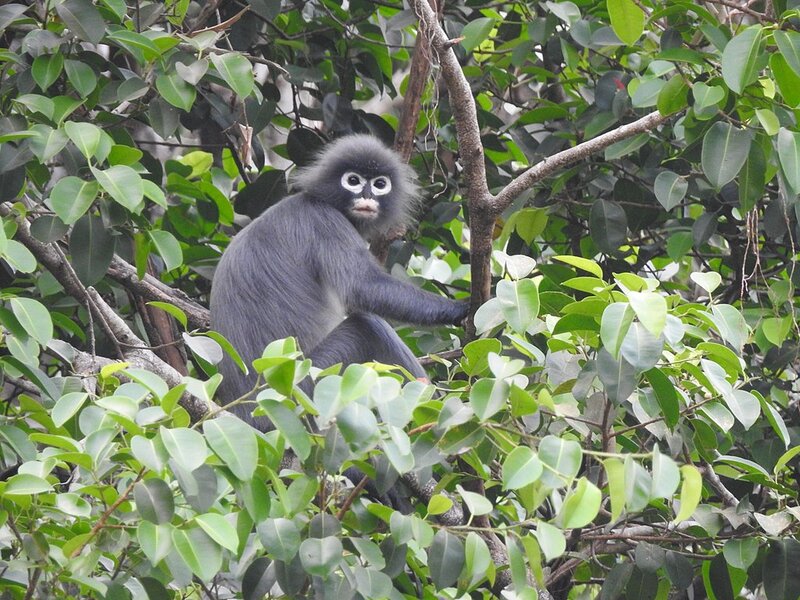Teams at London’s National History Museum identified 503 new species in 2020, including a lungless worm salamander, an armoured slug and a critically endangered monkey. This work from scientists, researchers, curators and associates came despite the COVID-19 pandemic that left the museum closed to the public for part of the year.
—
Dr Tim Littlewood, executive director of science at the museum, says, “Once again, an end of year tally of new species in 2020 has revealed a remarkable diversity of life forms and minerals hitherto undescribed. The Museum’s collection of specimens provide a resource within which to find new species as well as a reference set to recognise specimens and species as new.”
What is Happening?
- Among the species identified was a monkey called the Popa langur, found on the extinct Mount Popa volcano in Myanmar. Scientists analysed the coloration of the Popa langur’s skin and bones and sampled its genetics to compare it to related species. Unfortunately, the monkey is critically endangered, with only 200 to 260 individuals left in the wild, which will be exacerbated by development in Myanmar that may see intense deforestation and increased hunting.
You might also like: The Economic Growth of Africa Depends on the Successful Management of its Natural Capital
Roberto Portela Miguez, the senior curator in charge of mammals at the museum and involved in identifying the new species, says, “Monkeys are one of the most iconic groups of mammals, and these specimens have been in the collections for over a hundred years. But we didn’t have the tools or the expertise to do this work before.”
- The museum collection also contained a single specimen of a new species of lungless worm salamander, an amphibian that breathes through its skin, which was collected more than 100 years ago.
- 170 species of beetles were identified as well as 70 species of bees and wasps. There were also 51 species of snails, nine species of moths, six new species of centipedes, nine flatworms and one butterfly.
- Other species discovered in 2020 include a crested lizard from Borneo, two new species of frog and nine new snakes.
- Also discovered were 122 new fossil species, including Armilimax pauljamisoni, which looks like a kind of armoured slug, and a giant fossil wombat-like marsupial named Mukupirna nambensis, which lived 25 million years ago in what is now Australia and would have grown to a similar size as a black bear.
- According to a UN report, since 1900, native species in land-based habitats have decreased by at least 20%, while over 40% of amphibian species, nearly 33% of reef-forming corals and over a third of all marine species are threatened. These species discoveries “remind us we represent a single, inquisitive and immensely powerful species with the fate of many others in our hands,” Dr Littlewood says.
- Dr Littlewood added that as biodiversity declines across the planet, identifying new species comes with a time constraint, saying, “In a year when the global mass of biodiversity is being outweighed by human-made mass it feels like a race to document what we are losing.”
- The scientists believe that only about 20% of life has been described in some shape or form, and they expect to identify hundreds of new species in the new year.
“Our understanding of the natural world’s diversity is negligible and yet we depend on its systems, interconnectedness and complexity for food, water, climate resilience and the air we breathe,” Littlewood told the National History Museum. “Revealing new and undescribed species not only sustains our awe of the natural world, it further reveals what we stand to lose and helps estimate the diversity we may lose even before it’s discovered.”
The team hopes that the discovery and identification of species will aid in conservation efforts. Miguez says, “The hope is that by giving this species the scientific status and notoriety it merits, there will be even more concerted efforts in protecting this area and the few other remaining populations.”
Featured image by: Wikipedia

















